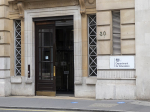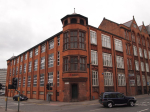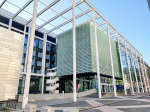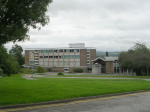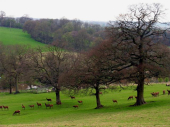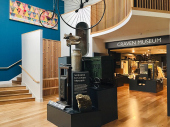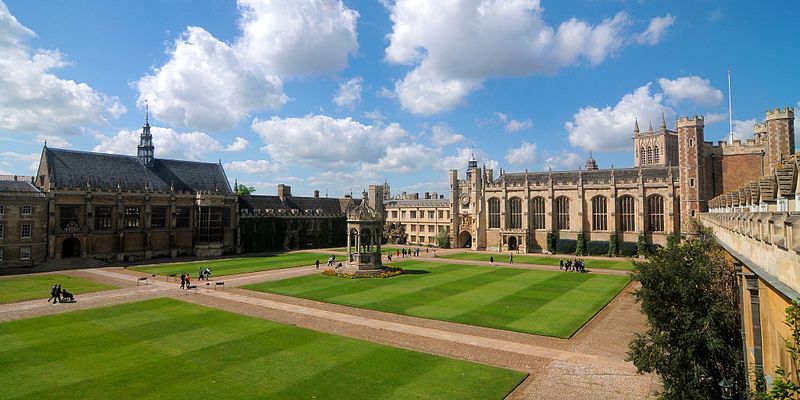
In celebration of 110 years since its first Cambridge English exams, Cambridge University has released a portion of an English test that was administered in 1913. Interestingly, this initial exam
saw participation from only three students who sought to obtain the Certificate of Proficiency in English. At that time, the cost of the exam was £3, and it required an extensive 12-hour session to complete.
The test covered various aspects of language skills, including translation, dictation, and phonetic transcription. It was primarily intended for individuals aspiring to become English teachers.
Over the years, Cambridge English exams have evolved, and currently, approximately 6.1 million individuals take these exams annually. The original Certificate of Proficiency in English, which was the foundation for the C2 Proficiency exam, now stands as the highest-level Cambridge English qualification, according to Cambridge University Press & Assessment.
As part of this commemoration, one of the questions that candidates faced in the 1913 exam has been made public. Notably, the historical papers from Cambridge University Press & Assessment's archives offer a fascinating insight into the evolution of English language learning and assessment. These original papers represented a groundbreaking approach to assessing language skills, setting clear objectives and placing significant emphasis on practical language usage.
The revealed question from the first-ever C2 Proficiency exam paper, preserved in the archives, challenged students' ability to recognize split infinitives and employ the correct tense. As the Daily Mail first reported, the university invited people to test their skills by attempting to answer this century-old English exam question.
However, it is essential to acknowledge that opinions on what constitutes "correct" English have undergone considerable changes over the past 110 years. Language evolves, and what might have been deemed correct in 1913 might not necessarily align with contemporary language conventions. Nonetheless, exploring this piece of linguistic history serves as a fascinating reminder of how far English language learning has come since its early beginnings at Cambridge University. Photo by Cmglee, Wikimedia commons.










